The Rotomolding process enables components and products to be manufactured in a manner that produces extremely strong, durable parts. When molded from proper materials, such as certified prime virgin materials, rotomolded parts are resistant to deterioration from many chemicals, mother nature or even environmental expsoure, such as ultra violet rays. The applications of this procedure range from playground equipment to nuclear warhead covers, from agricultural storage tanks to tornado shelters, from furniture to building products and so much more. The rotational molding process in addition to the polymers utilized throughout roto-molding join to produce these phenomenal components.
Watch in the video above, as Alli explains in detail the complete plastics rotational molding process. The video outlines everything from loading and unloading the molds, cook cycles, cooling and more! Learn detailed information about the molding process from internationally recognized rotational moulding leader, Granger Plastics Company.

In the video above, Alli explains the process of bringing a custom rotationally molded product to reality, starting from concept and design, thru the necessary molds and tooling all the way up to production. Being one of the newest plastics molding processes for industrial use, rotational molding is realtively new to many people. Learn the steps involved in bringing custom rotationally molded products to the marketplace from 25 plus year industry leader, Granger Plastics Company.
Most manufacturing processes of plastic requires force to be used to mold the plastic. Rotational molding utilizes gravity and rotational motion to mold the part making the roto-molding process stress free. Once a mold is filled with polyethylene powder it begins to rotate on two axis. It is moved through the oven where the rotating arm continues to move as the polyethylene powder is warmed and liquifies to a thick viscous like jelly. This liquid plastic is continually coating the mold building the walls of the part.
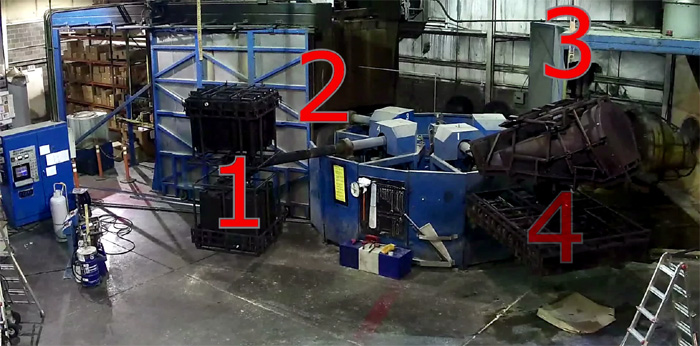
Stage One:Polyethylene resin is loaded into the mold. The mold then is rotated outside the oven to ensure there is no spillage.
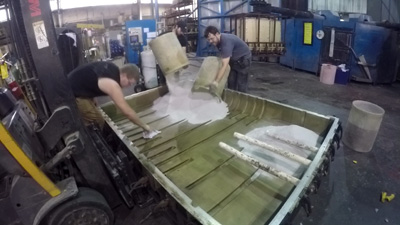
Stage Two: The mold enters the cook cycle. As the mold moves into the heating chamber of the oven it rotates on two axes at a low speed.
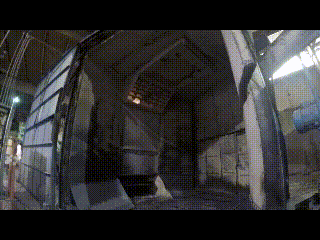
Stage Three: The mold enters the cooling cycle. As the mold moves into the cooling chamber it is cooled by air or water spray or a combination of both. The cooling cycle occurs while the mold is still rotating.
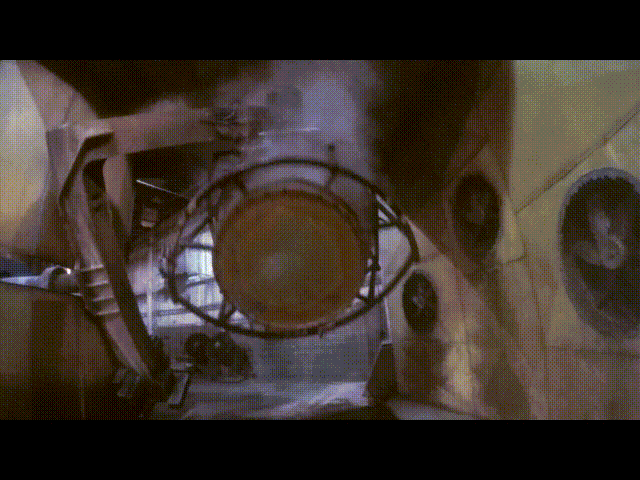
Stage Four: At the optimum temperature the mold is opened and unloaded the finished part is removed.
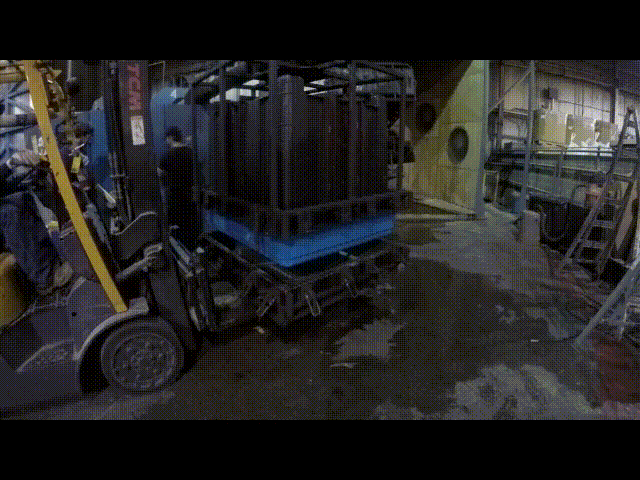
A variety of materials are available for rotational molding though the most widely used is polyethylene. This outstanding material is an integral part of this process.
with
us
Granger Plastics Company
1600 MADE Industrial Drive
Middletown, OH 45044 USA
Granger Plastics Company
1600 MADE Industrial Drive
Middletown, OH 45044